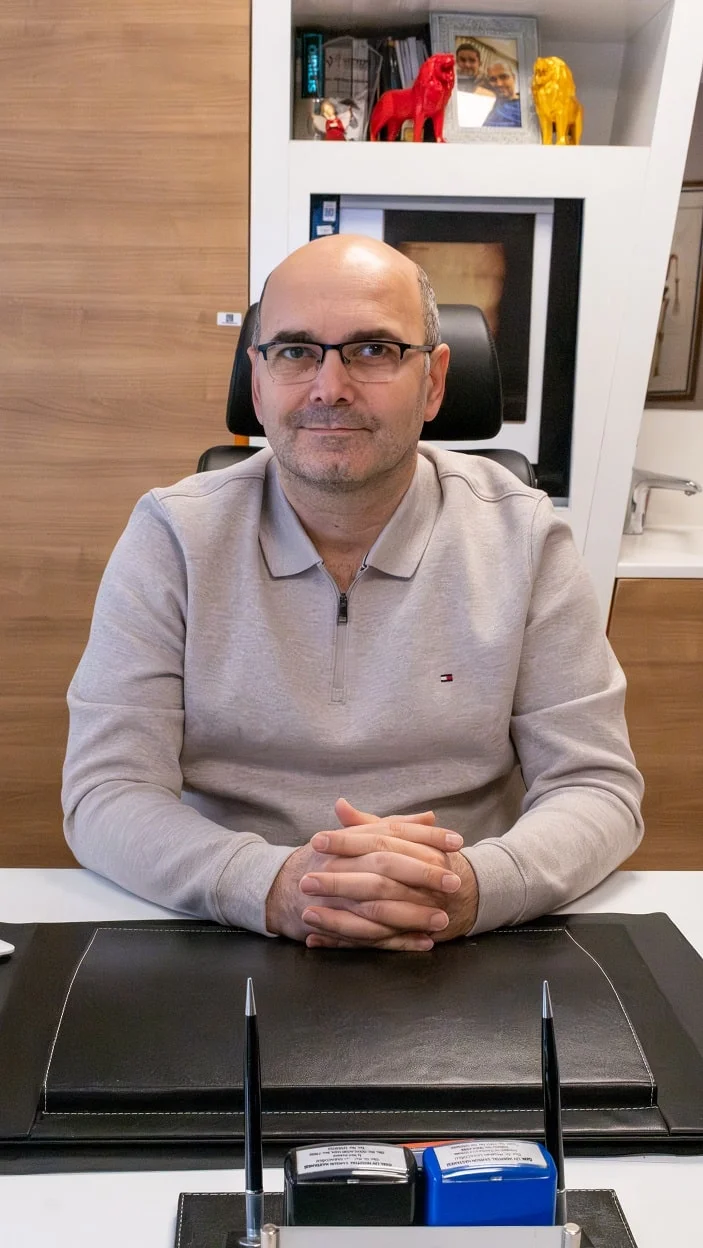
An Orthopedic Surgeon’s Perspective: Ankle and Knee Injuries as a Common Challenge in Daily Practice
- An Orthopedic Surgeon’s Perspective: Ankle and Knee Injuries as a Common Challenge in Daily Practice
- Ankle Injuries
- Knee Injuries
- Treatment Approaches and My Clinical Perspective
- Prevention and Protective Strategies
- In Conclusion…
As an Orthopedic and Traumatology specialist, one of the most common health problems I encounter in my daily clinical practice is injuries to the ankle and knee regions. These types of musculoskeletal injuries are not limited to professional athletes; they are also frequently seen in individuals who lead an active lifestyle, engage in regular physical activity, or have occupations that require prolonged standing or movement.
Both acute trauma-related injuries and those that develop gradually due to repetitive stress can significantly impact an individual's quality of life. If not diagnosed and treated properly, such injuries can lead to long-term complications, including chronic pain, joint stiffness, and even permanent disability.
Ankle Injuries
Ankle sprains are among the most frequent orthopedic injuries. They often occur during sports activities or even while walking on uneven ground, resulting from a sudden loss of balance. While mild cases may involve only ligament stretching, more severe injuries can include ligament tears or microfractures in the bones. When not managed appropriately, these injuries can lead to chronic instability—where the ankle repeatedly twists or gives way.
Knee Injuries
The knee is one of the most complex joints in the body and is highly susceptible to injury due to the heavy load it bears. Injuries such as anterior cruciate ligament (ACL) tears, meniscal injuries, and patellofemoral disorders are common, especially during movements involving sudden direction changes or jumping. In young and active individuals, these injuries often require extended rehabilitation and, in some cases, surgical intervention before returning to sports or physical activities.

Treatment Approaches and My Clinical Perspective
In managing ankle and knee injuries, I take a patient-specific approach, considering factors such as age, physical activity level, and the severity and type of injury. While conservative treatment—such as rest, ice application, compression, elevation (RICE), and physiotherapy—may be sufficient in mild cases, more advanced injuries may necessitate surgical intervention. In appropriate cases, I utilize minimally invasive arthroscopic surgery to both diagnose and treat internal joint issues.
Post-treatment rehabilitation is also a crucial part of the healing process. A well-structured rehabilitation program helps restore joint function, strengthens surrounding muscles, and prevents recurrent injuries.
Prevention and Protective Strategies
Preventing these types of injuries starts with proper warm-up exercises before physical activity, using appropriate footwear, and being mindful of the surface on which one exercises. Additionally, strengthening exercises and balance training can help protect both the ankle and knee joints from future injury.
In Conclusion…
Ankle and knee injuries, if not properly diagnosed and treated on time, can lead to chronic pain, limited mobility, and a serious decline in overall quality of life. As an orthopedic specialist, my goal is not only to treat these injuries but also to educate my patients and implement preventive strategies to minimize the risk of recurrence. Remember, with early diagnosis and the right treatment plan, it is possible to regain your mobility and return to an active, pain-free life.

Op. Dr. Metehan Saraçoğlu
Orthopedics and Traumatology

